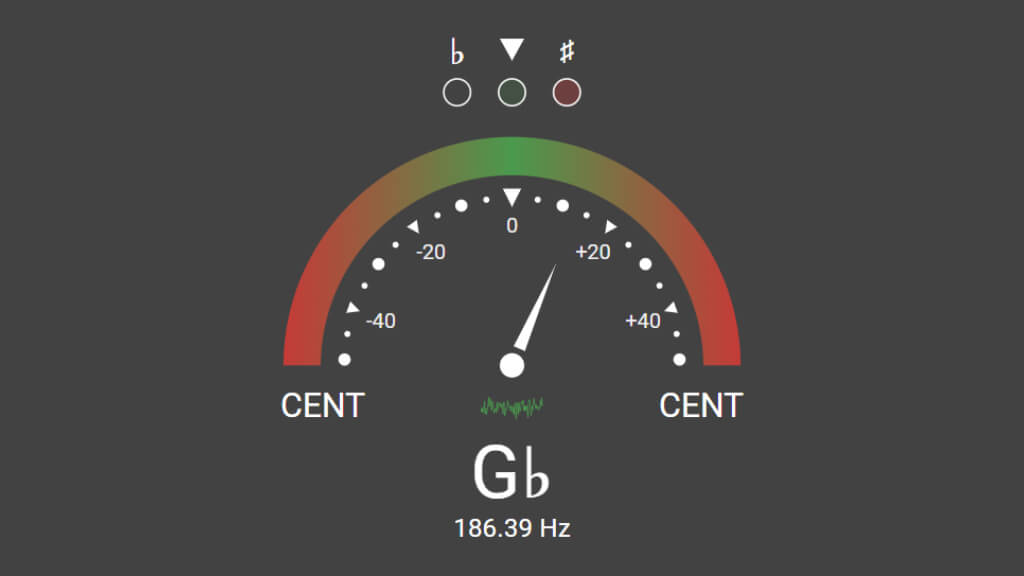Formula and Structure of the G13 Chord
Interval formula from the root note: 1 — 3 — 5 — b7 — 9 — 11 — 13. The chord consists of the following notes:
- G — unison and the main tonal anchor.
- B — major third with a bright major quality and clear stability above the tonic.
- D — perfect fifth, stabilizing the triad and adding tonal grounding.
- F — minor seventh with dominant pull toward the tonic.
- A — major ninth, opening the top line and adding airiness to the texture.
- C — eleventh with a spicy fourth above the octave, best voiced apart from the third.
- E — thirteenth with a warm sixth above the octave, sounding beautiful in the top voice.
Together, these notes form the harmonic foundation of the G13 chord, defining its sound and role in the musical context.
Alternative Names for the G13 Chord
There are no alternative names for this chord.
Using the G13 Chord
Separate the 13 and 9 so they don’t clash with the 3 and b7. Place the 13 closer to the top line to give the chord a modern jazz or fusion color. Works well before resolving to the tonic or in modulations. For more expressiveness, you can omit the 5 to free space for color tones.
Conclusion
G13 is an expressive and versatile chord. Learn several fingerings, experiment with different positions and voice spacing, then try weaving it into your own playing — this will help you quickly find your unique tone.













